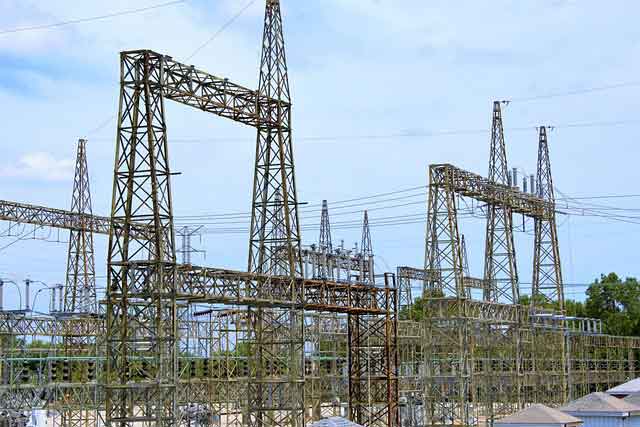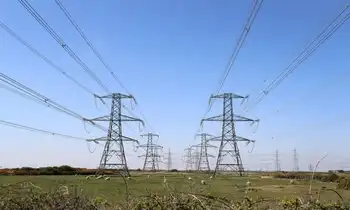How the media fell for Port Hope nuke tests
By Port Hope Evening Guide
Protective Relay Training - Basic
Our customized live online or in‑person group training can be delivered to your staff at your location.

- Live Online
- 12 hours Instructor-led
- Group Training Available
But sometimes you need to look past the headline and decide for yourself whether big, black and scary were really necessary.
That's what came to my mind this week when I read the story on a study showing uranium contamination being in the urine of nine residents of the beautiful little town of Port Hope.
The Globe and Mail headline read: "Town's residents test positive for uranium contamination."
The Halifax Chronicle Herald said: "Study finds radioactivity in residents."
"Radiation levels should prompt federal study, expert says," said the Toronto Star.
By the time you read the headlines, you'd have had the impression that all 16,000 Port Hopers glow in the dark. You'd be wrong. Way wrong. But that's the way it always goes in Port Hope. I lived there for 16 years and watched wave after wave of nuclear fear-mongering break over the town. I'm still waiting to find out if any of it is justified.
Port Hope's problem is it's the home of the biggest nuclear waste site in North America due to the presence of a uranium refinery that dates back to a time when no one knew the dangers of radiation.
That means a lot of low level radioactive waste got spread around town. People simply didn't know how dangerous it was.
It's been three decades since the scope of the problem was realized - millions upon millions of tons of dirt - and the cleanup began.
Port Hope has been waiting ever since for a final solution. Every time they seem to be getting close, something comes along to prevent it.
First, it was government foot-dragging. These days, it's do-gooders. It was do-gooders - a local group called Families Against Radioactive Exposure who, five years ago, blocked the removal of low level radioactive waste from temporary dumps in the town's ravines to a permanent site on the northwest edge of town. Too risky, said the do-gooders. What about the dust? Not a good enough site. It might leak.
That it was then, and probably still is, leaking into the Ganaraska River from one temporary dump in an old landfill didn't seem to occur to anyone.
Now the do-gooders - this time the Port Hope Community Health Concerns Committee with some assistance from the first group - are demanding major health tests even though the government has said for years the cancer rate is no higher than anywhere else.
Not good enough, said the do-gooders. So they raised money to have nine carefully selected people tested. Last week, they announced their results. Guess what? Four out of the nine had some level of radiation in their bodies. Guess what else? Several of them were former nuclear industry workers.
And all nine of them, as FARE committee member John Miller, a Toronto journalism professor who always seems to be close to the outrage in these stories, admitted to Sun Media, had to have either been nuclear industry workers, live close to the waste sites or have some on their properties before the testing company would even take them on.
Now if this sounds a little peculiar to you, that's because it is. Most of all, nine hand-selected people is not a study, it's a publicity stunt.
But it worked - the Canadian media dutifully trooped to the press conference (held in Toronto to make it that much easier for the info to be spoon-fed to the national media but that much more difficult for the little local newspaper to cover it) and wrote those big headlines.
The funny thing is Port Hope is probably the cleanest place in Canada, except for the storage sites and the nuclear plants themselves. You can't sell a house there without getting a clean bill of health from Atomic Energy.
There isn't a roadbed or a building site or a playground that hasn't been examined by Geiger counters umpteen times. And if by some chance a hotspot is found in somebody's backyard, they'll come and clean it up immediately at no cost.
But this week, Health Canada has said it will look at the tests and take action if required.
I hope this time it'll decide to conduct a major health study so once and for all, Port Hopers will know whether they really should be worried - or whether they're just being jerked around by some more do-gooders.











